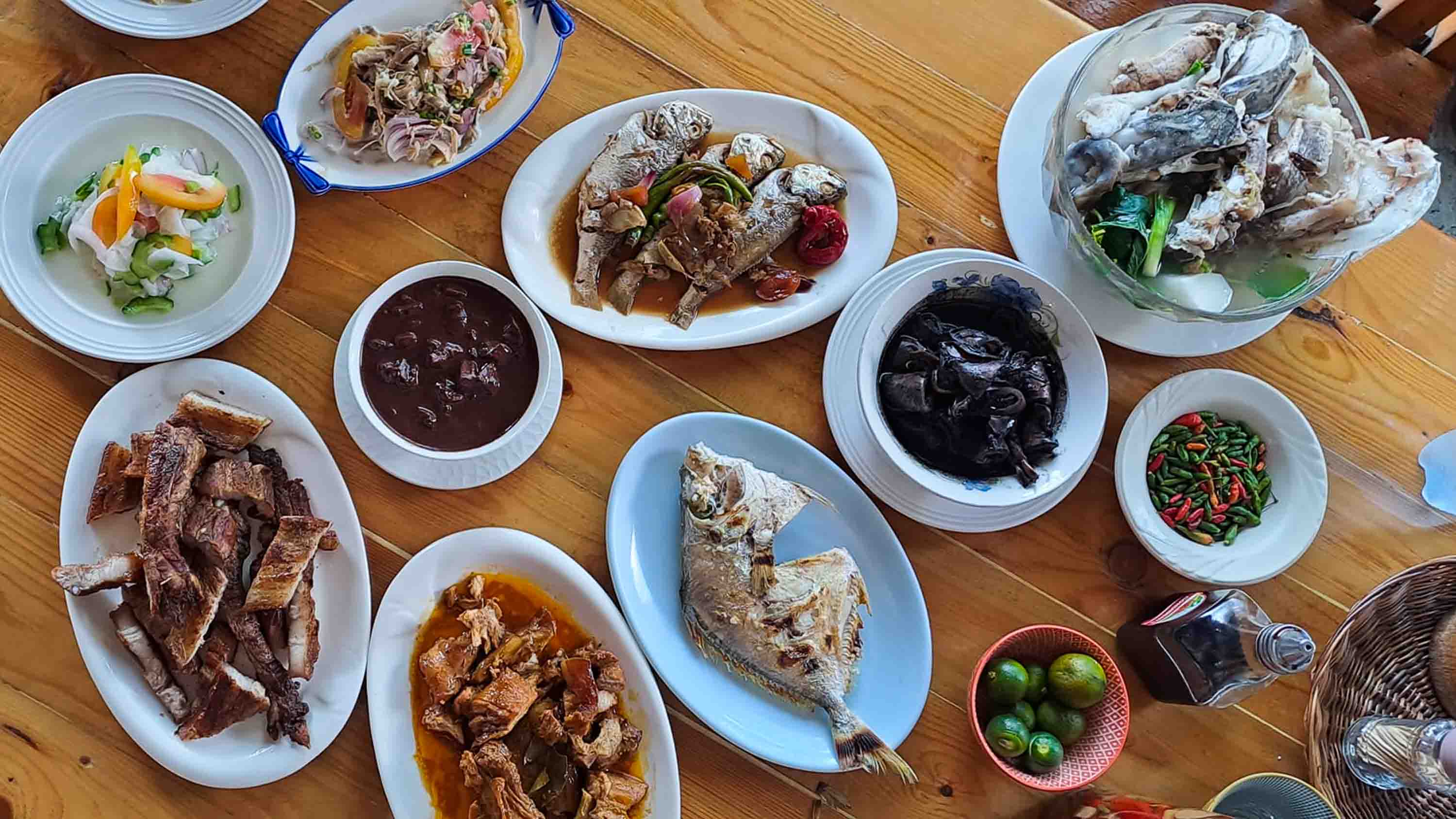My Abuelita's Secret for the Flakiest Chilean Beef Empanadas
These big baked empanadas filled with a spiced beef and onion stew called pino are popular throughout Chile.


Walk inside any Chilean bakery on a Saturday or Sunday morning and you will smell the unmistakable sweet and savory aroma of empanadas de pino coming fresh out of the oven. The scent of slow-cooked caramelized onions; the subtle hint of cumin and ají de color (the local mild, slightly sweet paprika); the sassy, spicy aroma of the ones made con picante, a little hot; all of it accompanied by the always comforting smell of baked dough.
Bigger in size and more generous in filling than most of their South American counterparts, one empanada de pino counts as a weekday lunch or as a weekend appetizer that's commonly served before typical lengthy Chilean barbecue parties. Eat two of them and a nap might be in order.
The combo of the hearty filling and crust is potent. The dough is high in fat and rich with egg. When rolled thin, it is sturdy enough to contain at least a half cup of pino (pino comes from the indigenous Mapuche word for "filling" or "stew"). The juicy and substantial filling is made with diced (or sometimes ground) beef, onions, cumin, ají de color, and sometimes ají Chileano (Chilean hot sauce). To complete the filling, a whole black olive, a few raisins, and a quarter of a boiled egg is tucked inside each pastry.
Although we Chileans eat empanadas all year round, and in all sorts of situations—from daycare picnics to workplace gatherings—during the independence day festivities on September 18th, we go absolutely wild about them. During those days I’d guess every Chilean quadruples their empanada intake. And those who can actually make empanadas become the most beloved and exhausted member of their families. Yes, that is me.
The Empanada Dough Is Just as Important as the Filling
Before the pandemic, my husband and I lived in Copenhagen for a few years. September was the time of year when we most missed home (and Chilean food), as September 18 is Chilean Independence Day, a celebration involving the consumption of dozens of empanadas de pino. My homesickness instilled in me a profound need to make empanadas while living abroad.
Around the same time, my abuelita (grandma) Techy—whose empanadas were famous—passed away. After shedding many tears, I decided to make—for the first time—dozens of empanadas, using her recipe for empanada dough.
My abuelita’s recipe for empanada dough, which she learned as a child from her grandma, is the same I share below. The wheat-based, high-fat empanada dough is not merely an efficient container for a flavorful filling—it is just as important as the filling inside. I have tried other empanada dough recipes that use less fat or fewer eggs, as well as recipes that don’t have you take the time and care to stretch the dough while it's still warm. None are as wonderful as my abuelita’s recipe. Her empanada dough is slightly salty, rich, and supple enough to be stretched thin without tearing, and sturdy enough to not leak any juicy filling while baking.
Temperature control is key for these empanadas. You must keep the dough warm and pliable, and at the same time keep the filling cold. Making the dough with hot water and hot melted fat makes it easier to work with. If the dough becomes too cold before shaping, it will stiffen up, making folding and pinching the dough challenging. If you are making dough ahead of time, even freezing it, there are ways to ensure that it is perfectly warm and soft before assembling empanadas. To keep the dough warm, try my late Abuelita’s trick: Keep the covered dough in a bowl on an inverted lid of a stockpot half full of simmering water. 
The Beef Stew Filling
Making the filling is a simpler process than creating the perfect dough. To achieve proper browning while not overcooking the beef, I start by browning diced beef, then removing it from the pot and deglazing with the stock or broth before sautéing the onions, fat, aromatics, and spices, including Chilean ají de color and cumin, until the flavors meld and the onions are soft. The beef is then returned much later in the cooking process ensuring that it won’t overcook and dry out.
A perfect Chilean empanada should be juicy and even drip down your wrist—but only once you’ve taken the first bite, not before. It is common for empanadas to leak juices while baking—one of the keys to preventing this is keeping the filling very cold during assembly so the filling doesn't boil while baking and bubble out. Chilling the beef mixture in the refrigerator for about an hour and then parfreezing it briefly for 15 to 30 minutes before assembling helps ensure they will not leak. If the filling becomes warm while shaping, chill in the freezer while assembling.
Shaping the Empanadas
Proper shaping of the empanadas is important not just for creating an attractive presentation, but also to ensure the empanadas stay sealed when baking, so the filling’s juices won’t leak out. There are a few key steps to ensure the empanadas hold their shape. First, brush the dough edges with milk before folding it over to seal shut. Wetting the dough helps glue it together. 
Once the dough is sealed, fold the dough edge inward towards the body of the empanada. This further enforces the seal. Lastly, don’t forget to cut or poke steam vents on top of each pastry. This will allow steam to release from inside as they cook, so the dough will not bubble up or lose its shape as it cooks.
Enjoy these empanadas de pino as we do in Chile: Still hot, by hand, perhaps with a small tumbler of a simple, medium-bodied Chilean red wine.
For the Beef Filling: In a large stainless steel skillet, cast iron skillet or wok, heat 1 tablespoon oil over high heat until shimmering. Add half the diced beef, distributing it in an even layer and cook without stirring until juicy on top and browned underneath, about 3 minutes. Season with 1 teaspoon salt and a 1/8 teaspoon pepper, then use a wooden spoon to stir to release beef from bottom of skillet. Transfer beef to a medium bowl. Repeat with 1 tablespoon oil, remaining beef, remaining 1 teaspoon salt, and remaining 1/8 teaspoon pepper.
Remove now-empty pot from heat, add 2 cups broth, and use a wooden spoon to scrape to release any remaining browned bits into liquid. Transfer liquid to a bowl or measuring cup and set aside.
Return pot to medium heat and heat remaining 2 tablespoons oil until shimmering. Add onion and cook, stirring often, until softened, 7 to 10 minutes. Add ají de color, cumin, and hot sauce (if using). Season with 1 teaspoon salt and 1/4 teaspoon black pepper, and cook, stirring until fragrant, about 1 minute.
Add flour into onion mixture and cook, using a wooden spoon to stir frequently until no lumps remain, about 2 minutes. Stir in reserved liquid, reserved browned beef and bring to a boil over high heat. Reduce heat to low and simmer, stirring occasionally, until liquid is reduced by half and onions are completely soft, 10 to 12 minutes. Season with salt to taste, if needed.
Transfer prepared pino to a shallow baking dish or bowl and let cool at room temperature slightly, about 20 minutes, then refrigerate until completely chilled, about 1 hour (see notes).
For the Empanada Dough: In a small saucepan, heat butter and lard or shortening over medium heat until melted and hot and just starting to bubble.
In a large mixing bowl, thoroughly whisk together flour, salt, and baking powder. Make a well in center of flour mixture and add half of the hot water, half of the melted hot fat mixture, and half of the eggs. Using a wooden spoon, stir vigorously until combined and small lumps form. Add remaining water, fat mixture, eggs, and pisco and stir vigorously until a rough dough ball forms and separates from the sides of bowl.
Transfer dough to a lightly floured work surface and knead by hand until smooth, and still warm, about 3 minutes.
Wrap dough with plastic wrap and let rest at room temperature for 15 minutes.
To Assemble: When ready to assemble the empanadas, transfer pino stew to freezer until firm, 15 to 30 minutes. Adjust oven rack to middle position and preheat oven to 475°F (245°C). Line 2 rimmed baking sheets with parchment paper.
While pino par-freezes,cut dough into 12 equal pieces (4 1/2 ounces; 125 g each). Working with 1 piece of dough at a time , dust dough piece lightly with flour and roll into a ball on a lightly floured work surface. Using a rolling pin, roll into a 8 1/2-inch (21-22cm) round. Do not worry if disc is not perfectly round; edges will be trimmed later. (While rolling each piece of dough, keep remaining dough pieces covered and warm; see notes.)
In lower center half of dough round, place 1/4 boiled egg, 1 olive, 2 raisins, and 1/2 cup (about 3 1/2 ounces; 100g )pino stew. Using pastry brush, lightly brush outer 1-inch edge of dough round with milk. Fold dough over filling (without stretching the dough), pressing gently on the border to seal the edges. It should look like a half moon. Don’t worry if some air is trapped inside, as empanadas will be pricked before baking.
Using a pasta wheel or pizza cutter, trim excess dough to form a 3/4-inch (2cm) dough border. Lightly brush milk over sealed edge.
Using your fingers, make 3 folds of the dough border inward towards the filling: 2 from the corners towards the sides of the empanada on a 75°– 80° angle towards the center, and then 1 in the center, to close the empanada. Folds should slightly overlap. Using your index finger, press firmly in the corners where foldings meet. Repeat with remaining dough pieces and filling.
Arrange the empanadas on the prepared sheets, spacing them at least 1 inch apart. Re-whisk egg wash to recombine and brush empanadas with egg wash. Using a toothpick or tip of paring knife, prick tops of empanadas 3 to 4 times for ventilation.
Bake one sheet tray at a time, rotating once halfway through, until golden brown, 12 to 14 minutes. Transfer the baking sheet to a cooling rack and repeat with remaining baking sheet. Let empanadas cool for 5 to 10 minutes before serving.
Special Equipment
Kitchen scale, rolling pin, pasta wheel cutter or pizza cutter, pastry brush, bench scraper
Notes
Chilean hot sauce, known as ají Chileano can be found at some Latin grocers or purchased online. I recommend JB Ají Chileno brand.
Look for a salty and mild variety of black olive, such as Nyons, Niçoise, or Liguirian.
It is common for empanadas to leak juices while baking, resulting in a drier empanada. However, this can be avoided by keeping the filling very cold during assembly, so it doesn't reach a boil when baking. Chilling the pino stew in the freezer for 15 to 30 minutes before assembling ensures the empanadas will not leak. If the filling becomes warm, chill in the freezer while assembling.
It is important to keep the empanada dough warm and malleable for easier shaping. To keep the dough warm, try my late Abuelita’s trick: Keep the covered dough in a bowl on an inverted lid of a stockpot half full of simmering water.
Make-Ahead and Storage
The beef and onion filling (pino stew) can be made ahead and refrigerated in an airtight container for up to 2 days or frozen for up to 2 months.
The empanada dough can be refrigerated, wrapped in plastic wrap or in a resealable bag, for up to 3 days. Alternatively the dough can be cut into 12 portions, shaped into rounds, wrapped individually in plastic wrap and frozen for up to 2 months.
Leftover baked empanadas can be refrigerated in an airtight container for up to 1 day or frozen for up to 1 month. Reheat on a sheet tray in a 350°F (175°C) oven until warmed through, 5 to 10 minutes or for 20 to 25 minutes from frozen.






























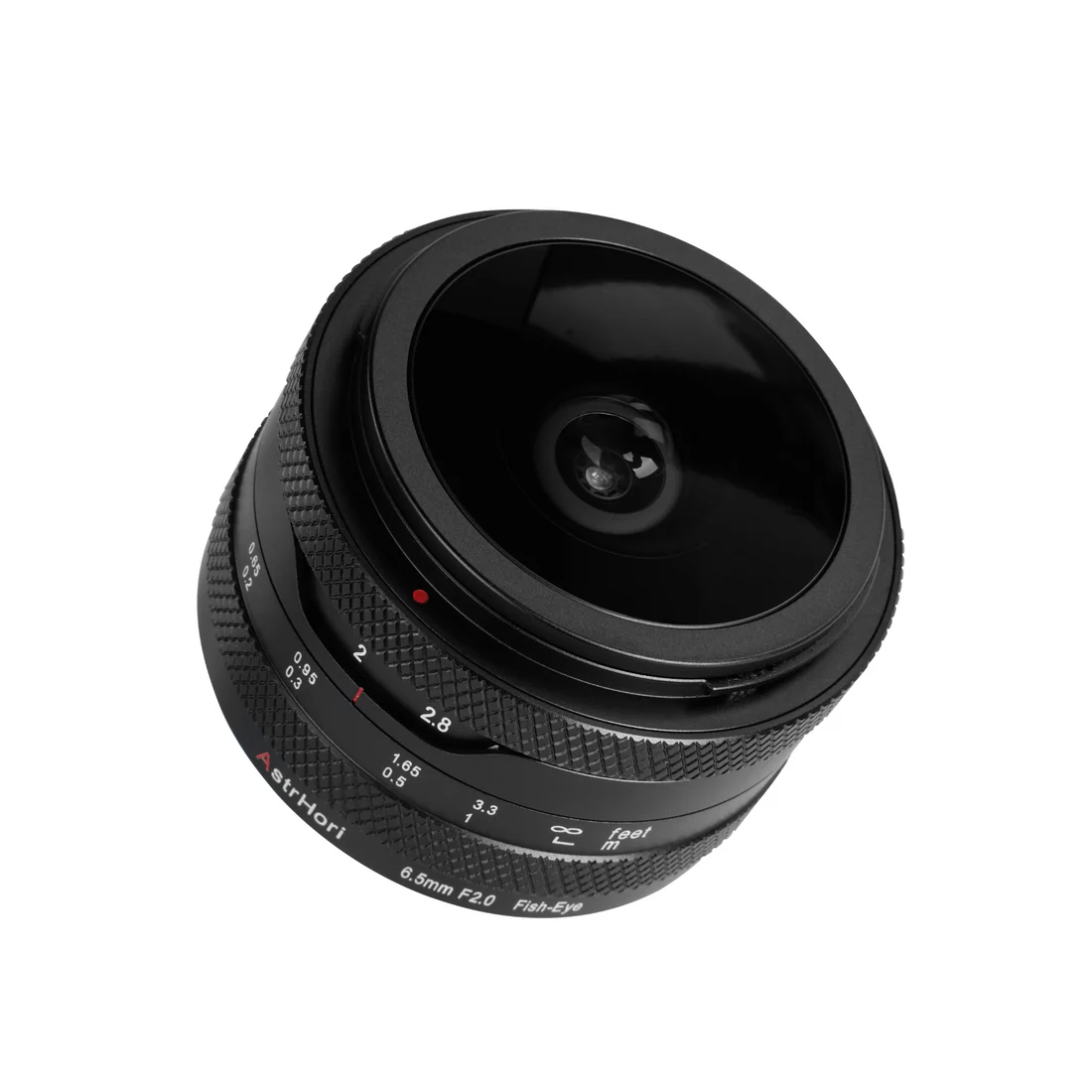






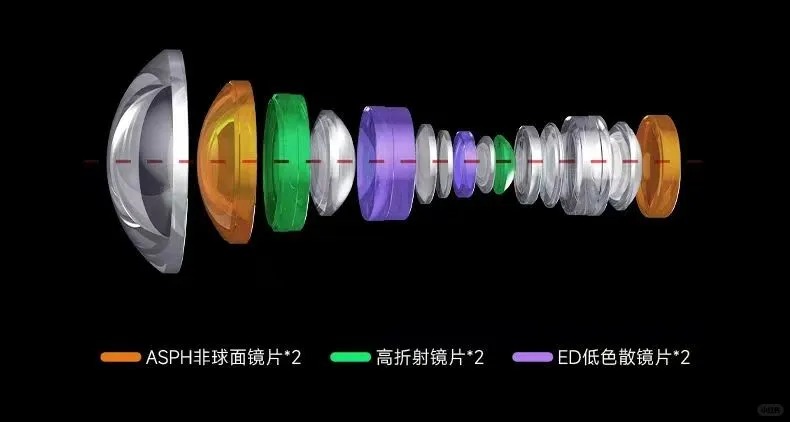




























































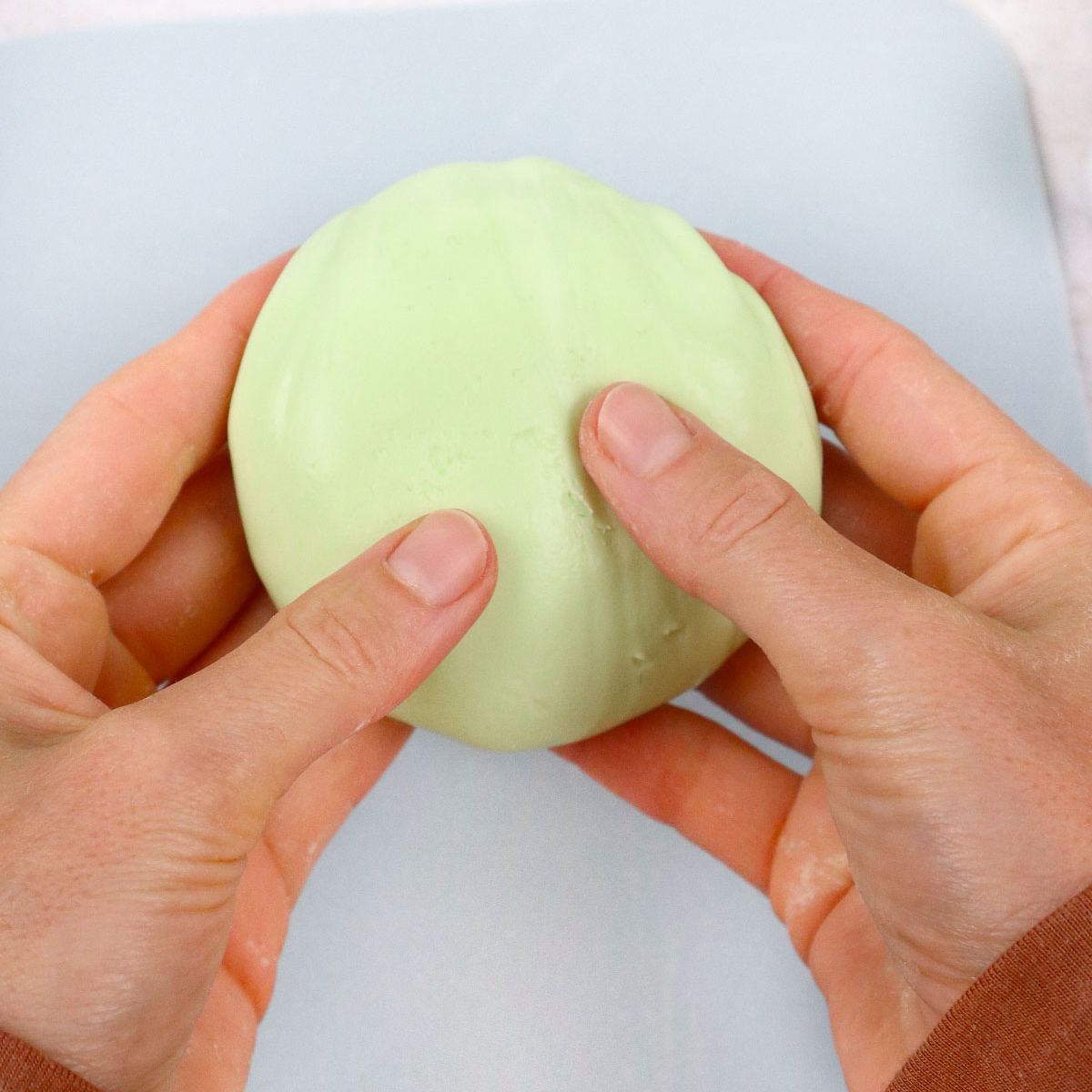


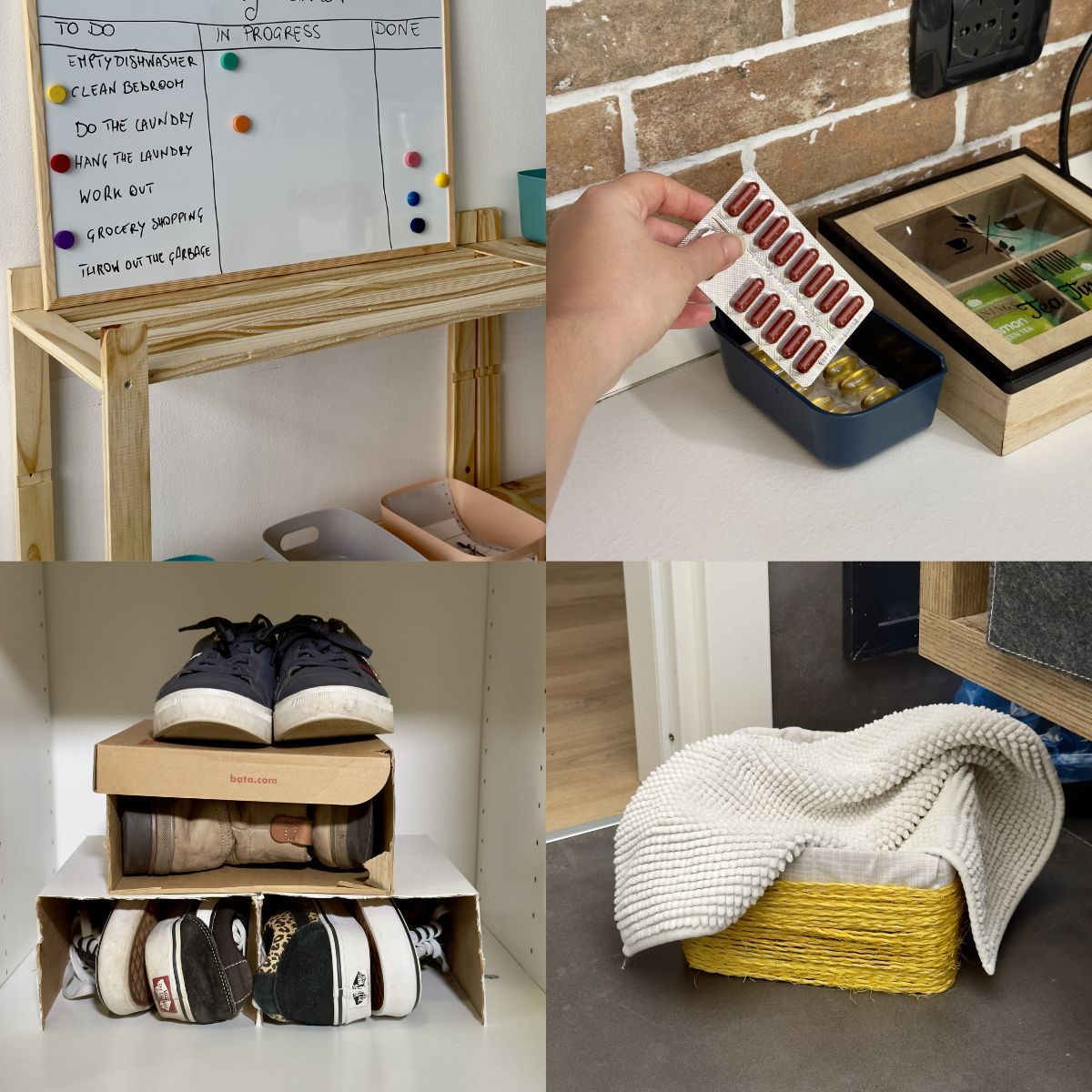













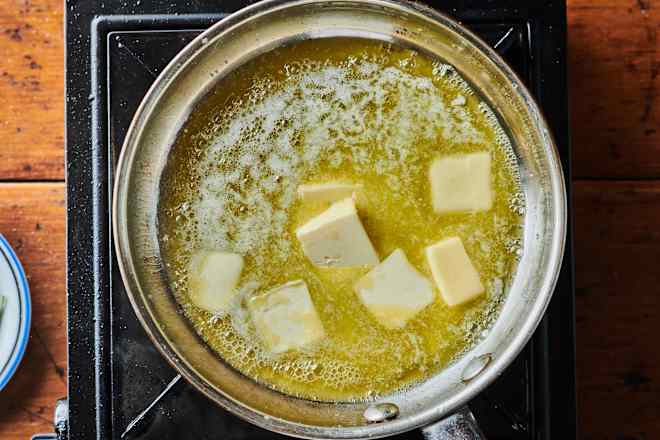



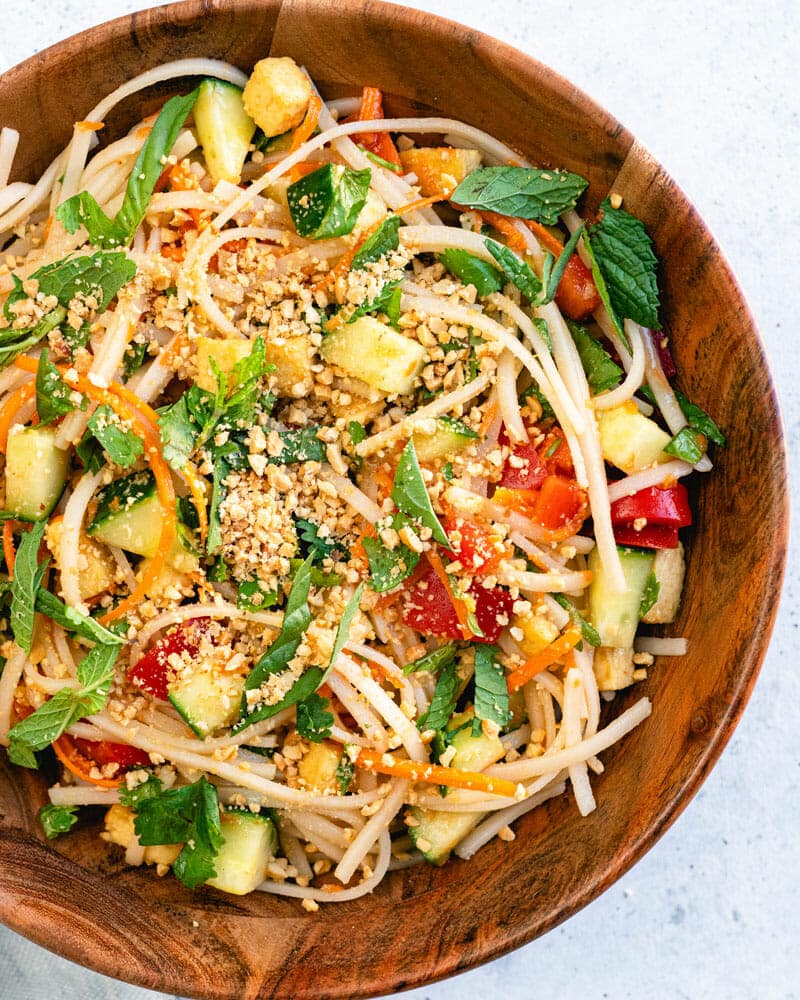




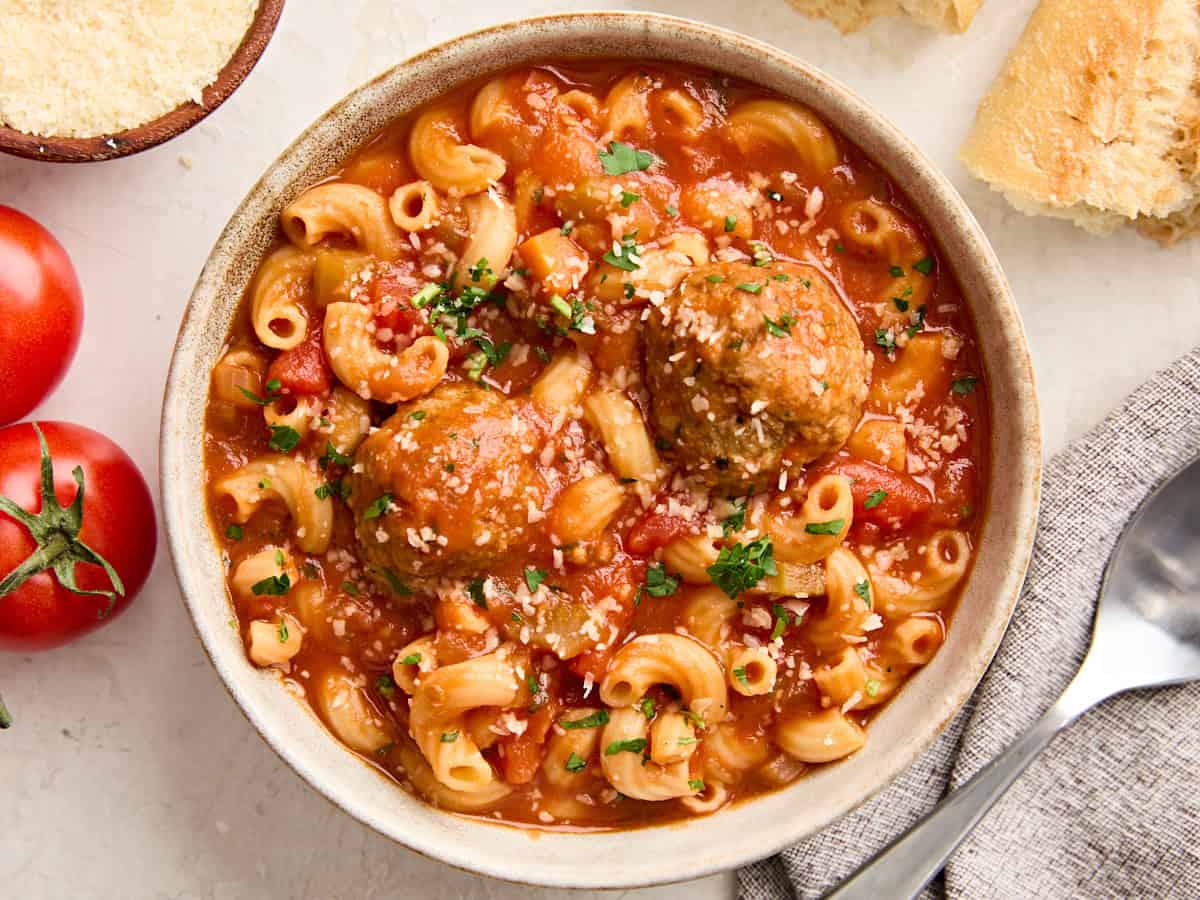
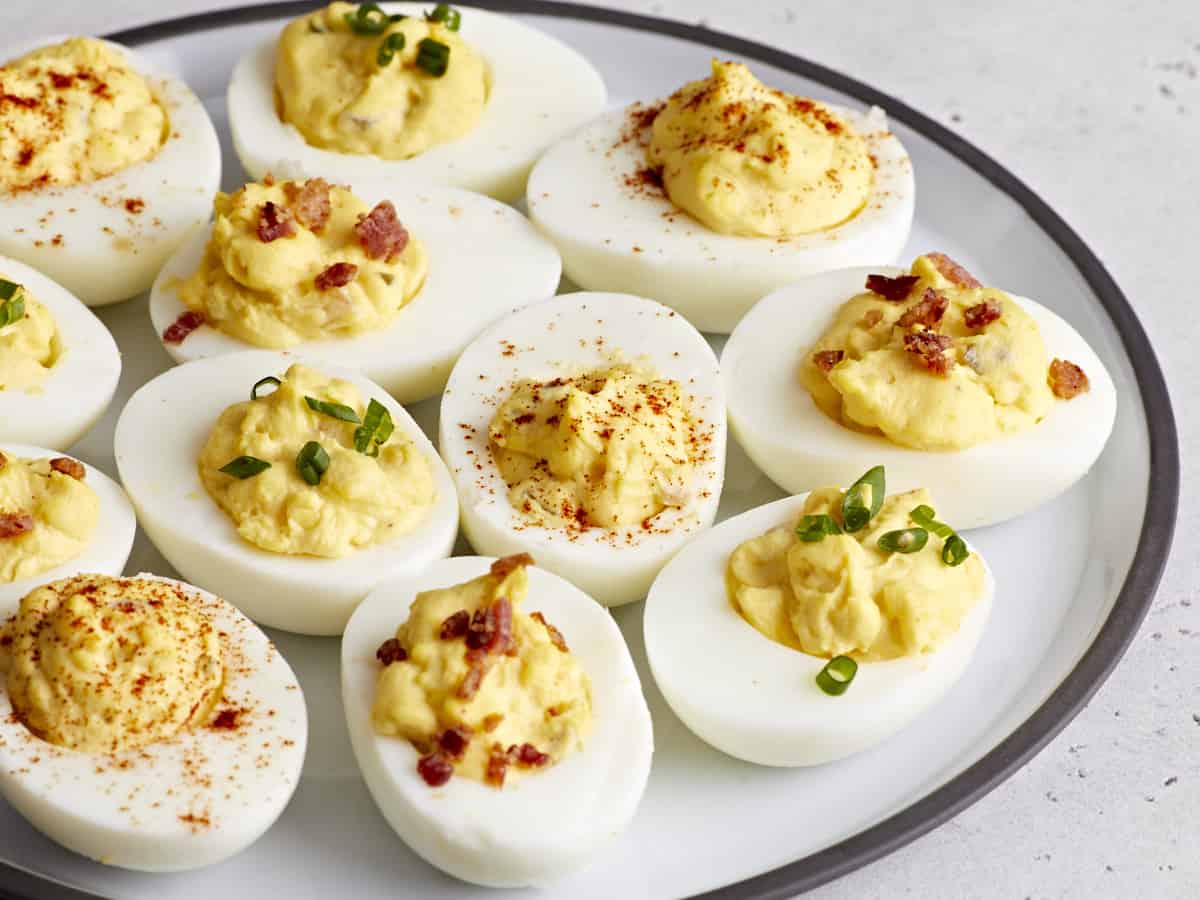



























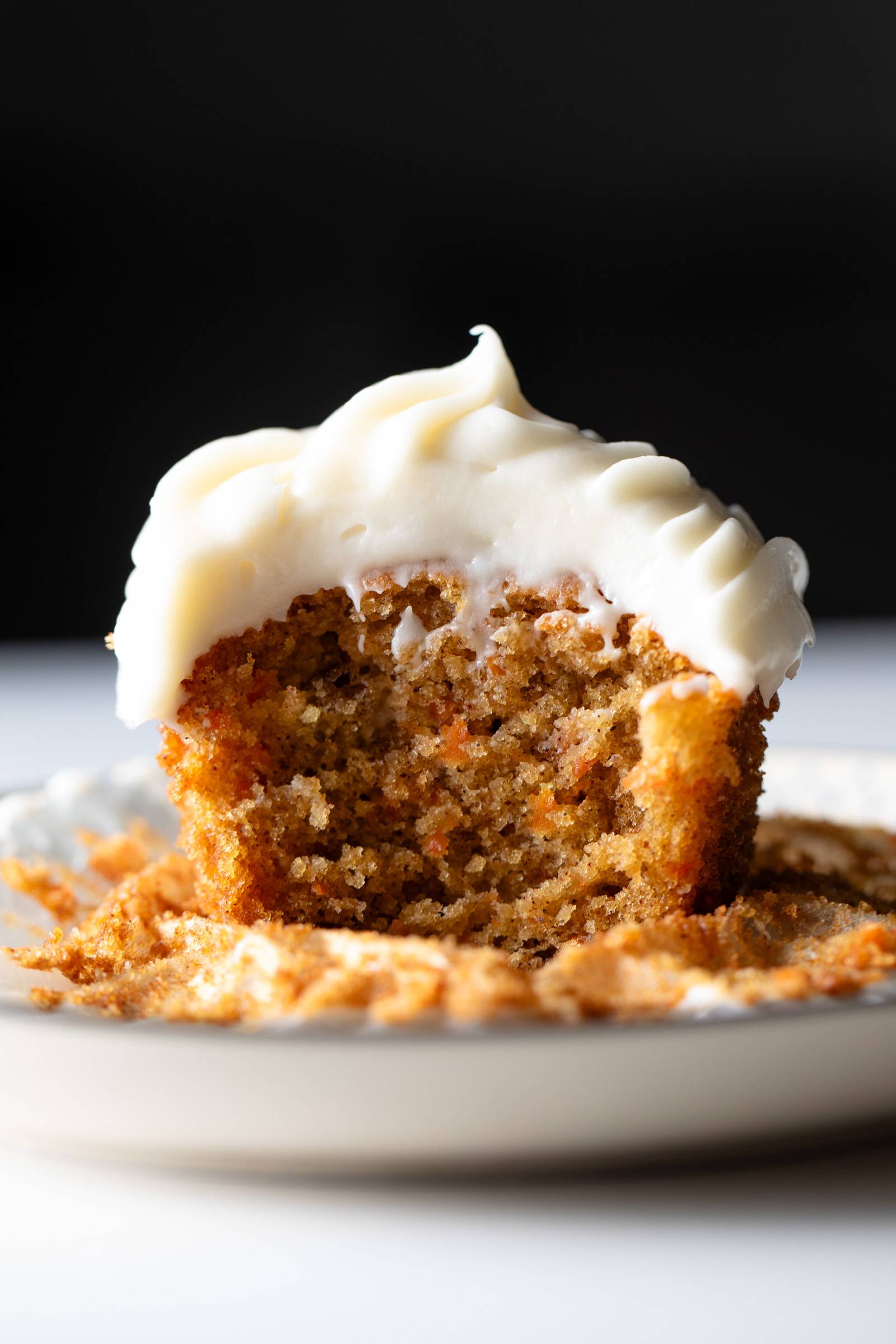
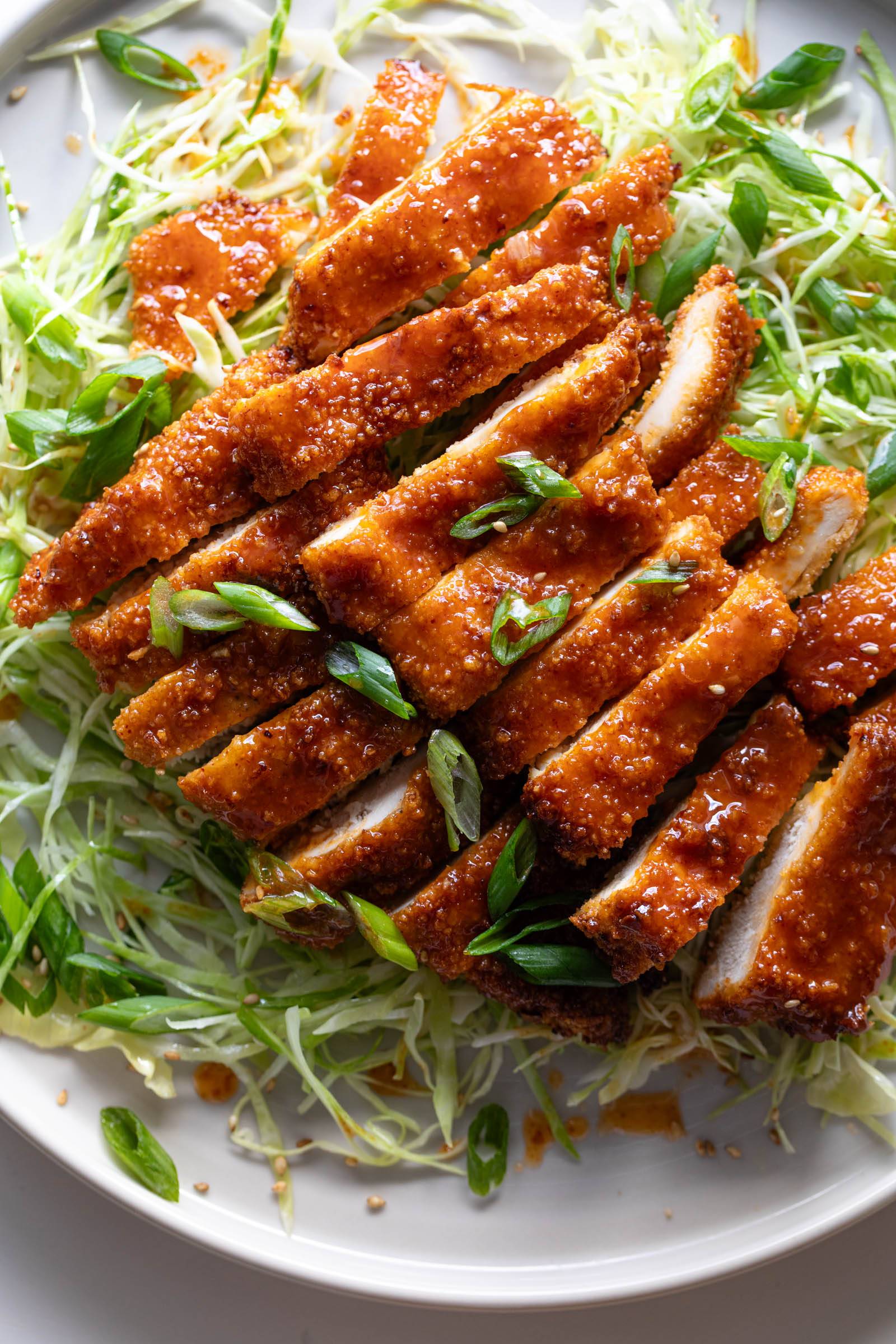

















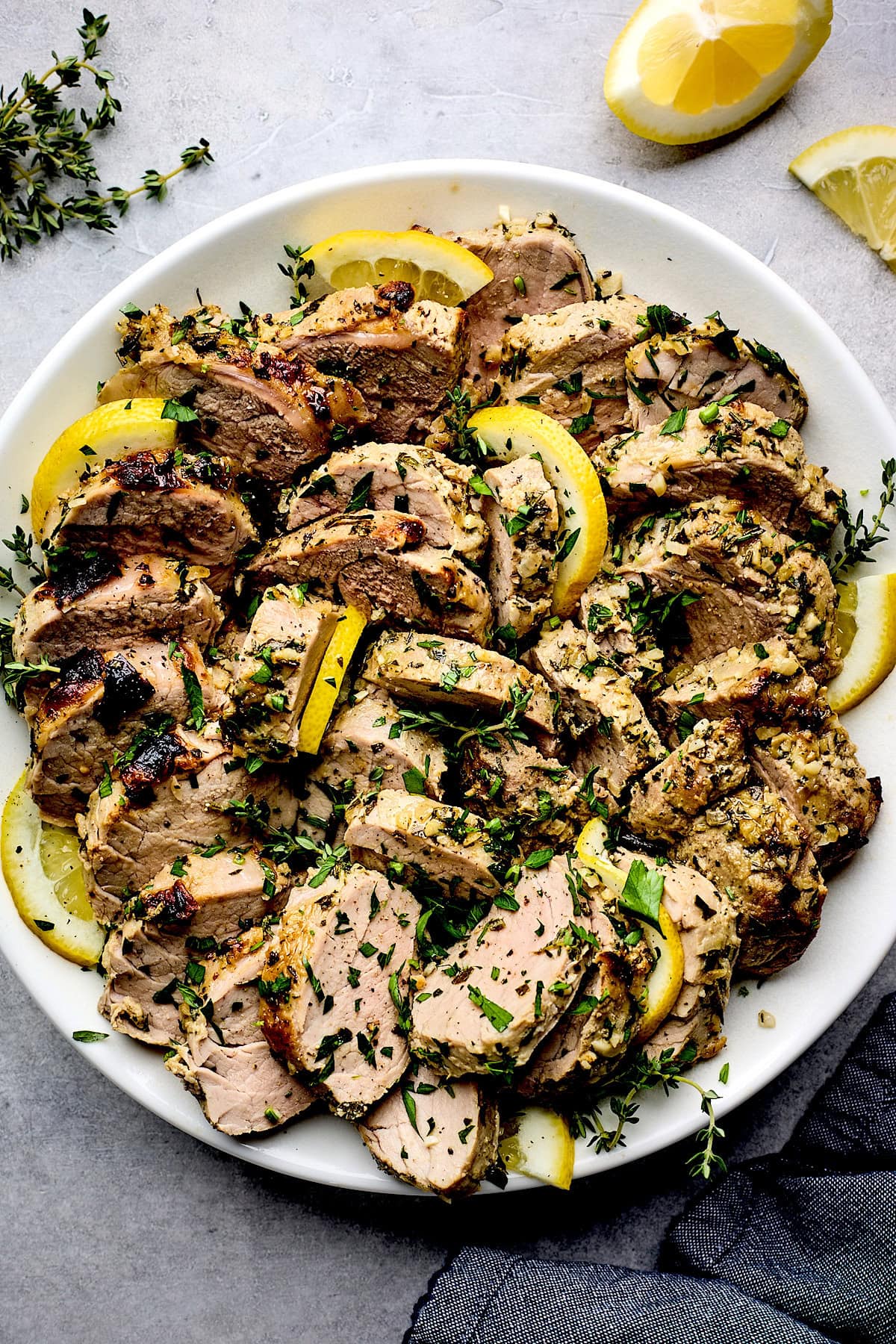

.jpg)















































